Certify your building
Join our training
Our trusted partner
Event & Webinar
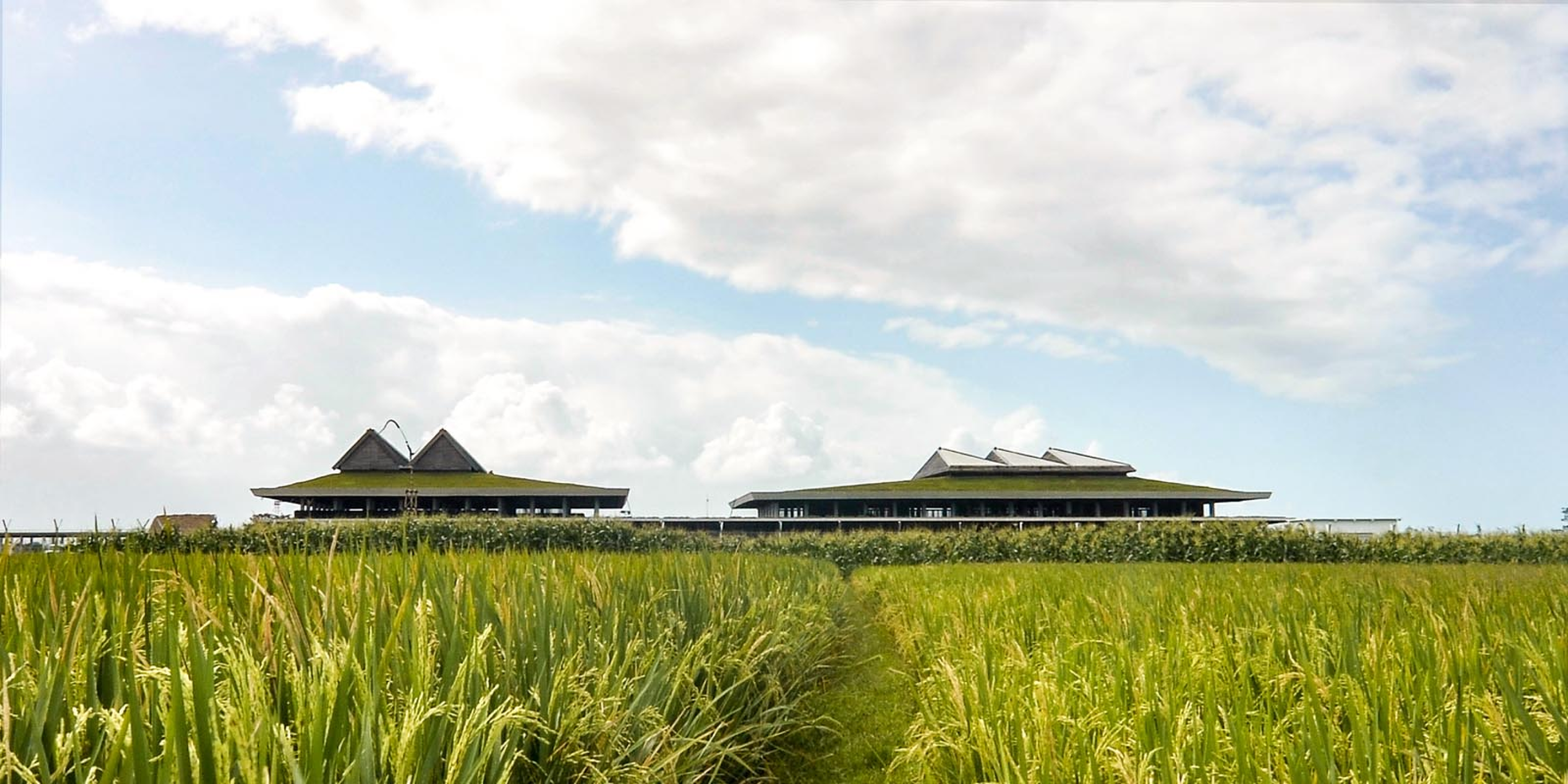
Prioritizes natural ventilation and daylighting in its domestic terminal, utilizing a vast green roof to enhance these features. With 95.5% of its total Gross Floor Area relying on natural ventilation, the airport not only reduces energy consumption but also promotes a healthier indoor air quality. Effective natural ventilation can decrease contaminations of pathogen by high air exchange rate, dilution of contaminants, and increased airflow.
Due to remarkable natural ventilation and daylighting strategies, this airport building only using 4.5% of total gross floor area that are air conditioned. Resulting a super low EUI of 59.9 kWh/sqm/year based on 2000 operating hours per year and also makes this building NET ZERO READY Certified.
Using green roof that can absorb carbon emissions and create a cooler and more comfortable atmosphere. Along the roof of ventilation, decorative climbing plants like Vernonia Elliptica are hung. The selection of this green architectural concept for the airport is tailored to the tropical climate of Indonesia, utilizing vegetation to minimize heat. Also integrating ponds into waiting areas and walkway areas is a highly favored heat absorption scheme. Subsequently, the water is circulated and replaced with cool water.
The walls of Banyuwangi Airport terminal are constructed using ulin wood. In fact, a significant portion of the wood used is reclaimed from old ships, sourced from leftover wood from ships or docks that are no longer in use by local fishermen in Banyuwangi area. This represents a highly appropriate recycling scheme.
100% of the garden watering needs are using alternative water sources. For watering the gardens at Banyuwangi Airport, the main water source is not utilized. Instead, an alternative water source is sourced from irrigation channels located near Banyuwangi Airport and has obtained permission from the local authorities. The water from the irrigation channels is then filtered using traditional water treatment methods, which involve natural materials such as coconut fibers, gravel, charcoal, sand, and other substances. Additionally, to ensure the quality of the water used for watering the gardens at Banyuwangi Airport, regular laboratory testing is conducted.
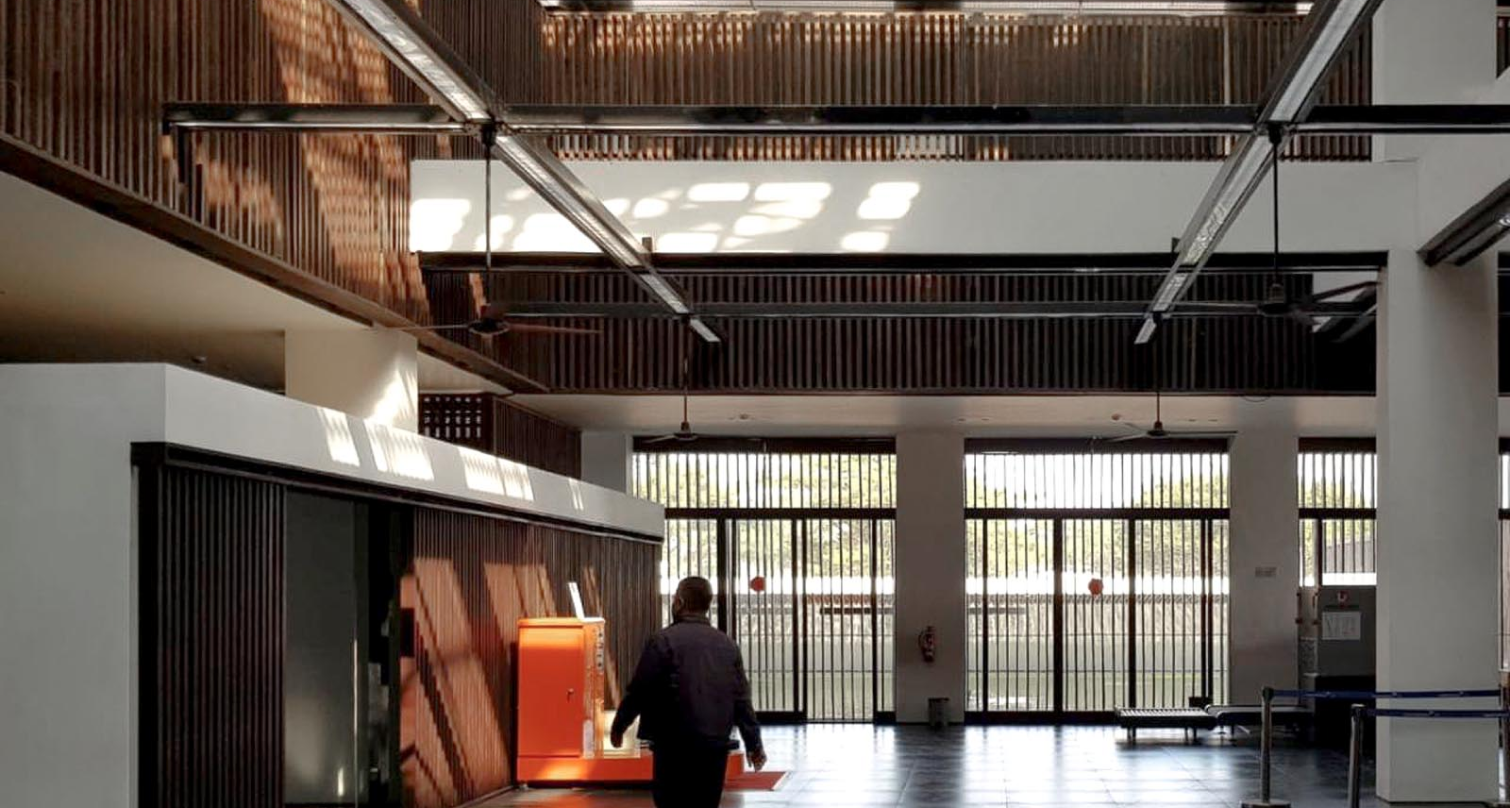
Most of the terminal building at Banyuwangi Airport implements a natural ventilation system supported by the design of terminal walls with numerous lattice-shaped openings, allowing fresh air to flow into the building and expel hot air efficiently through both horizontal and vertical airways. Additionally, the presence of ponds in the design acts as a heat barrier against external sunlight, preventing hot air from circulating into the interior areas of the terminal building.
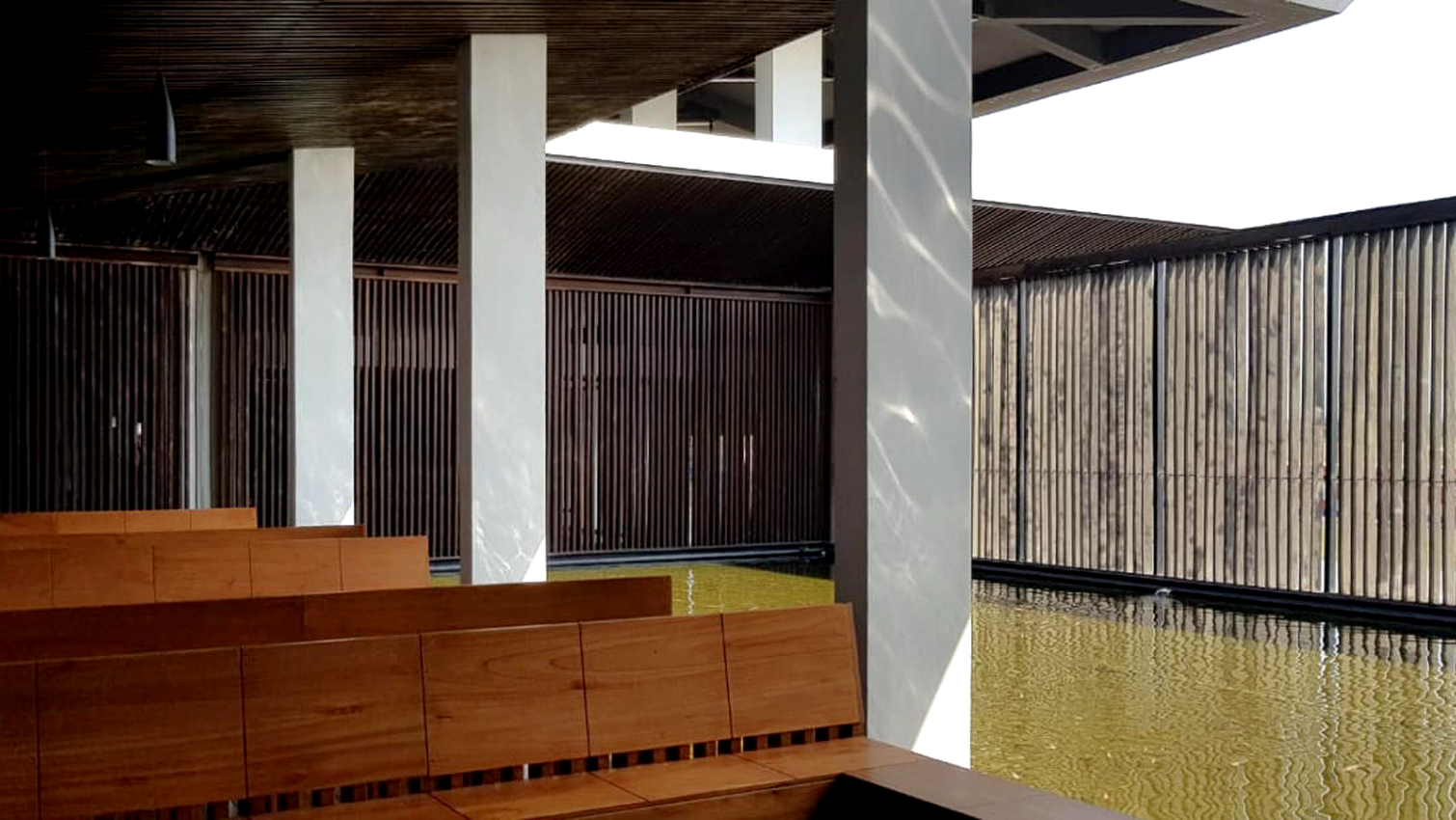
The passive design of Banyuwangi Airport indeed serves as the primary key to energy savings
compared to using other energy-saving technologies. Currently, Banyuwangi Airport operates
during the daytime due to relatively low flight traffic. Therefore, the lighting design for
nighttime usage doesn't require maximal use as the airport is not operational at night. The
building's lighting system during the daytime relies on natural sunlight, supported by passive
design elements such as skylights integrated from the roof.
Based on the field measurement of light intensity, this airport is complies to IATA standard as
the light intensity is around 200-300 lux. The skylight plays a pivotal role on bringing natural
light into the building, resulting in all rooms measured light intensity at around 220 lux. This
gives a more comfortable and unique experience of lighting for the visitors as the wood frames
give a nice shadow texture to the walls and floors inside the building.
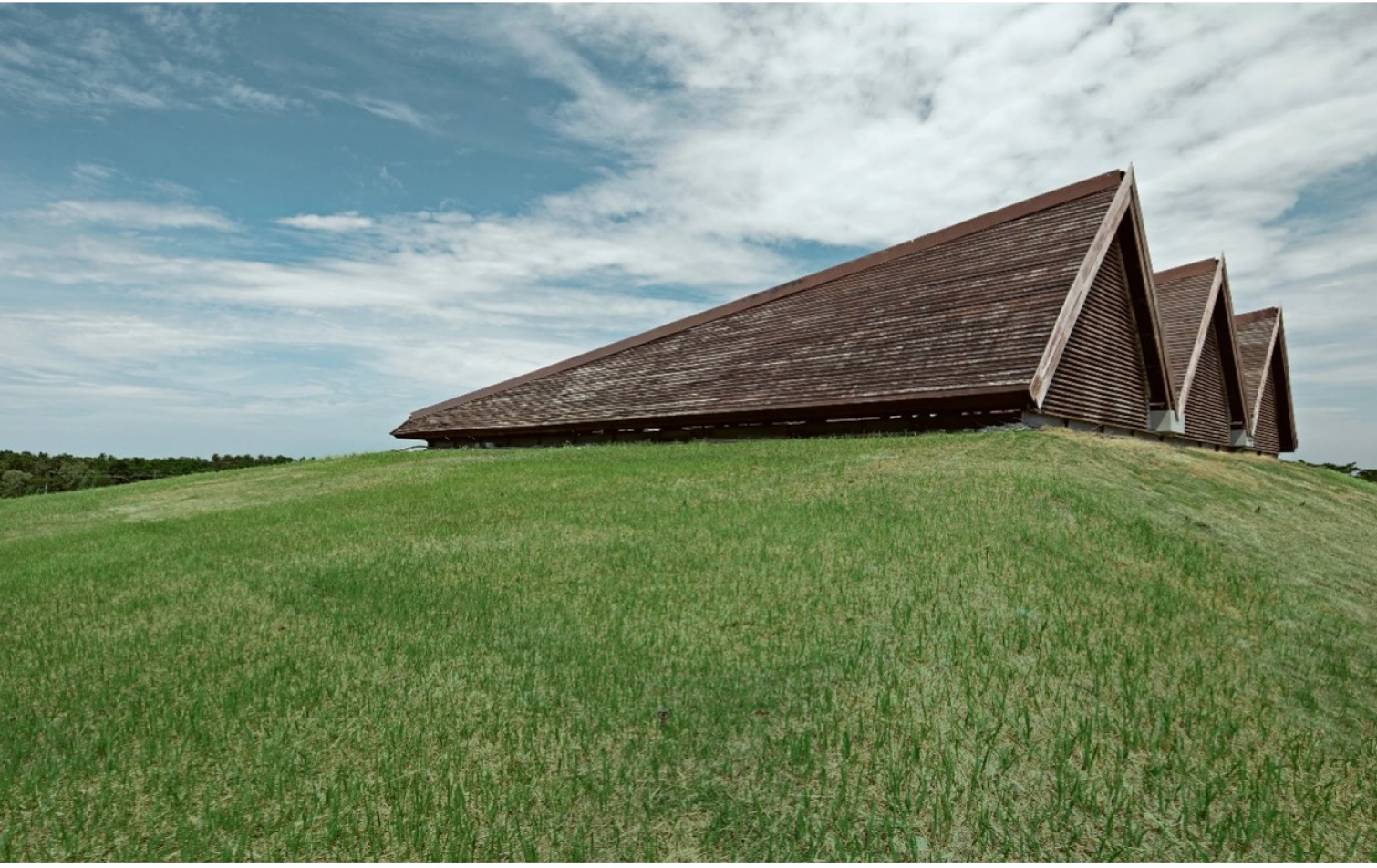
One of the highlights of the terminal building at Banyuwangi Airport is its roof design
featuring a Green Roof, which consists of a layer of green vegetation. It is certain that the
grass on the roof of Banyuwangi Airport will absorb sunlight, preventing hot air from entering
the terminal rooms. Besides providing shade, green roof plants can also remove air pollutants,
produce oxygen, and offer a sense of tranquillity. This concept harnesses solar energy during
evapotranspiration, a natural process that cools the air as water evaporates from the plant
leaves. Through processes like evapotranspiration and shading, green roofs reduce the amount of
heat absorbed and transferred to buildings, thereby cooling the indoor environment, and
mitigating urban heat island effects.
The total area of the terminal building's roof is 6004.1 m2, while the area covered by the Green
Roof on the terminal building is 3730.06 m2 on the top roof and 1152.89 m2 on the second-floor
roof, making the total Green Roof area 4882.95 m2, or 81.33% of the total roof area
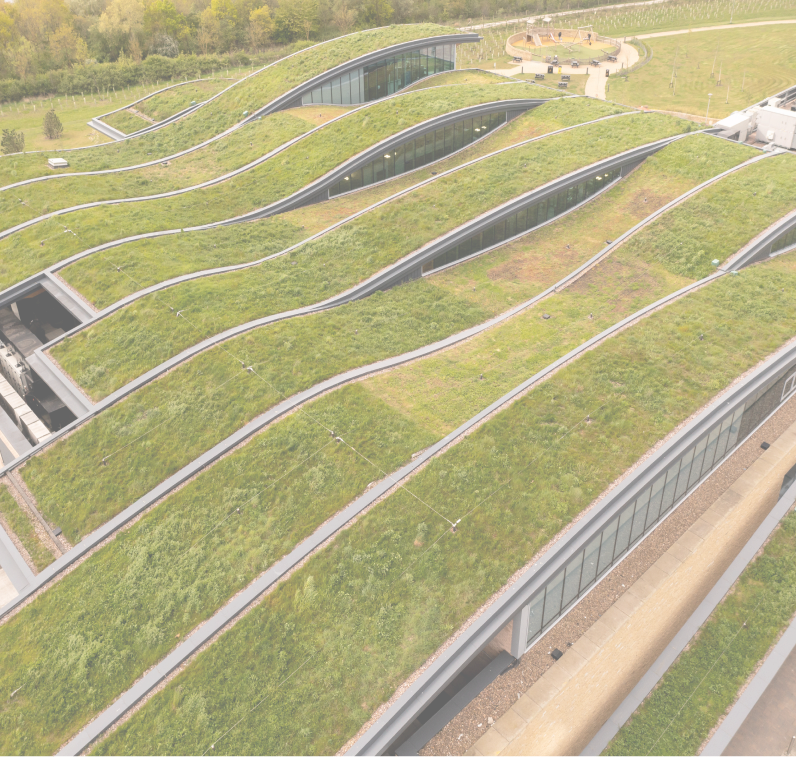
in the net zero movement with the Green Building Council Indonesia offers a unique opportunity to contribute to sustainable building practices in one of the world's most dynamic emerging markets